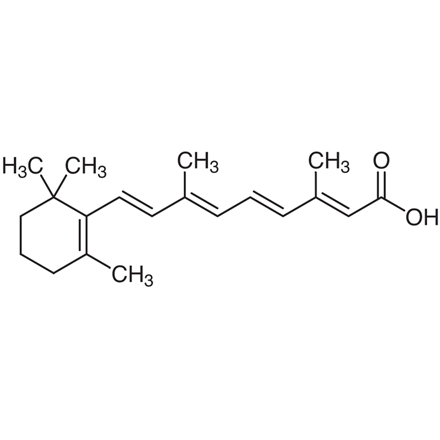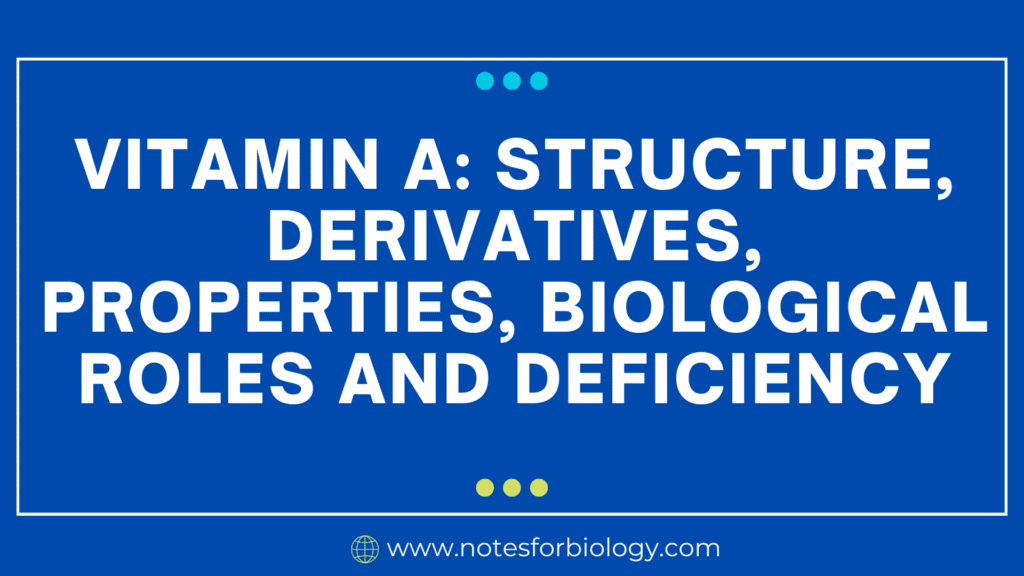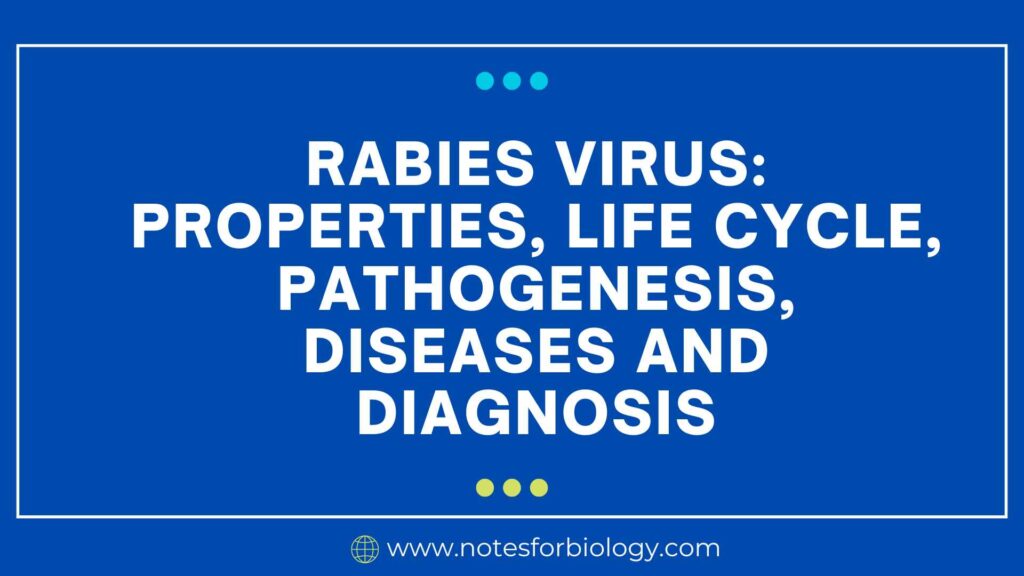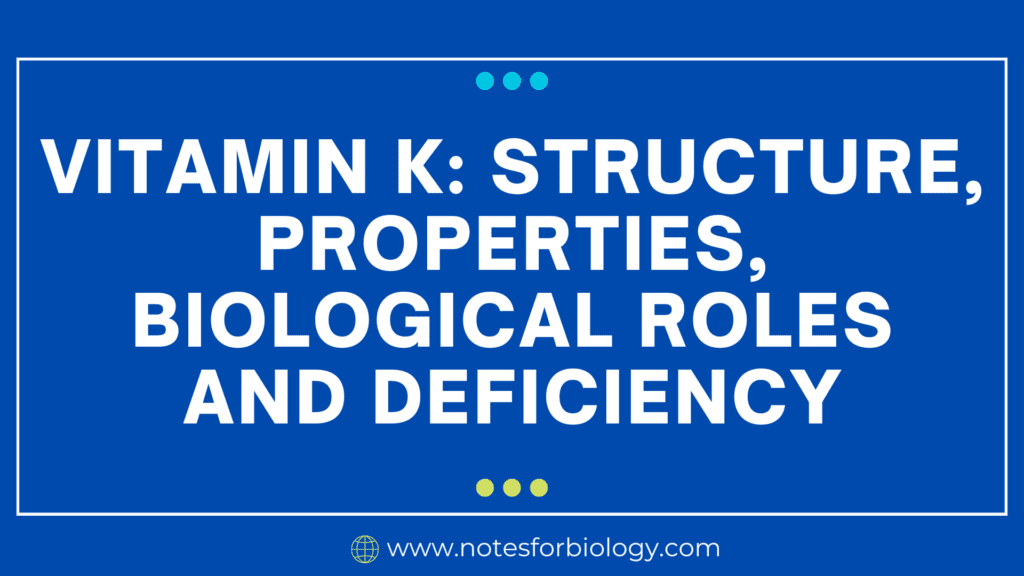Vitamin A, a fat-soluble vitamin, is a crucial nutrient for maintaining good health. It exists in various forms, each with unique properties and biological roles. This diverse family of compounds plays a critical role in vision, cell growth and differentiation, immune function, and overall well-being. Let’s explore the structure, derivatives, properties, biological roles, and consequences of deficiency associated with this essential vitamin.

Table of Contents
Structure and Derivatives
Vitamin A encompasses a group of related compounds, collectively known as retinoids. The most important of these is retinol, the primary storage form of vitamin A found in the liver.
Retinol: This alcohol form is readily absorbed and transported throughout the body.
Retinal: The aldehyde form of retinol, crucial for vision, participates in light detection within the eye.
Retinoic acid: The acid form of retinol, plays a significant role in cell growth and differentiation.

Additionally, precursors to vitamin A, known as provitamin A carotenoids, are found in plants. Beta-carotene, the most abundant carotenoid, can be converted into retinol in the body.
Properties and Sources
Vitamin A is a fat-soluble vitamin, meaning it dissolves in fats and oils. It is stored in the liver and released into the bloodstream as needed.
Sources:
Animal sources: Liver, dairy products, fish oils, eggs. These sources contain retinol, the active form of vitamin A.
Plant sources: Carrots, sweet potatoes, spinach, kale, apricots, mangoes. These sources contain provitamin A carotenoids, which the body can convert into retinol.
Biological Roles
Vitamin A plays a critical role in various bodily functions:
Vision
Retinal is essential for light detection in the eye. It combines with opsin, a protein, to form rhodopsin, a light-sensitive pigment in the retina. Rhodopsin converts light energy into electrical signals that are transmitted to the brain, allowing us to see.
Cell growth and differentiation
Retinoic acid is a potent regulator of gene expression, influencing the growth and development of various tissues, including skin, bone, and immune cells. It is crucial for the maintenance and repair of tissues.
Immune function
Vitamin A supports the development and function of immune cells, including T cells and B cells, which are essential for fighting infections. It helps maintain the integrity of the mucosal barriers, the first line of defense against pathogens.
Reproduction
Vitamin A is essential for normal reproductive function in both males and females. It is required for sperm production and embryo development.
Other roles
Vitamin A is involved in various other processes, including skin health, bone growth, and antioxidant activity.
Deficiency
Vitamin A deficiency, known as hypovitaminosis A, can lead to a range of health problems.
Night blindness
This is the earliest and most common symptom of vitamin A deficiency. It occurs due to a lack of rhodopsin, resulting in difficulty seeing in low light conditions.
Xerophthalmia
This condition involves dryness of the cornea, the transparent outer layer of the eye. Severe xerophthalmia can lead to blindness.
Skin problems
VitaminA deficiency can cause dry, scaly skin, as well as increased susceptibility to infections.
Immune system dysfunction
A compromised immune system makes individuals more vulnerable to infections and illnesses.
Growth retardation
VitaminA deficiency can impair growth and development in children.
Recommended Daily Intake (RDI)
The RDI for vitamin A varies depending on age, sex, and pregnancy status.
Adults (men and women): 900 mcg retinol activity equivalents (RAE)
Pregnant women: 770 mcg RAE
Breastfeeding women: 1,200 mcg RAE
Toxicity
While vitami A is essential, excessive intake can be toxic. Hypervitaminosis A can lead to a range of symptoms, including headache, nausea, vomiting, bone pain, and liver damage.
Conclusion
VitaminA is a vital nutrient that plays a critical role in vision, cell growth, immune function, and other vital processes. Ensuring adequate intake through a balanced diet or supplements is crucial for maintaining good health. However, it is essential to avoid excessive consumption to prevent potential toxicity. Always consult with a healthcare professional for personalized advice regarding vitamin A intake.
Frequently Asked Questions(FAQ)
Define VitaminA?
VitaminA is Fat soluble vitamins which is essential for growth, immunological system performance, healthy skin and eyesight.
What is the sources of VitaminA?
The animals sources of Vitamins A is Liver, dairy products, fish oils, eggs. These sources contain retinol, the active form of vitaminA.
Related Articles



